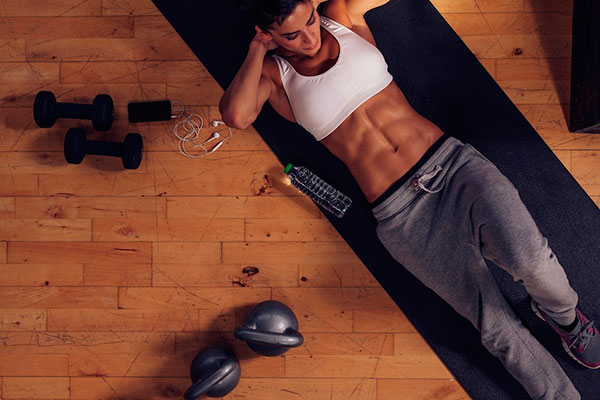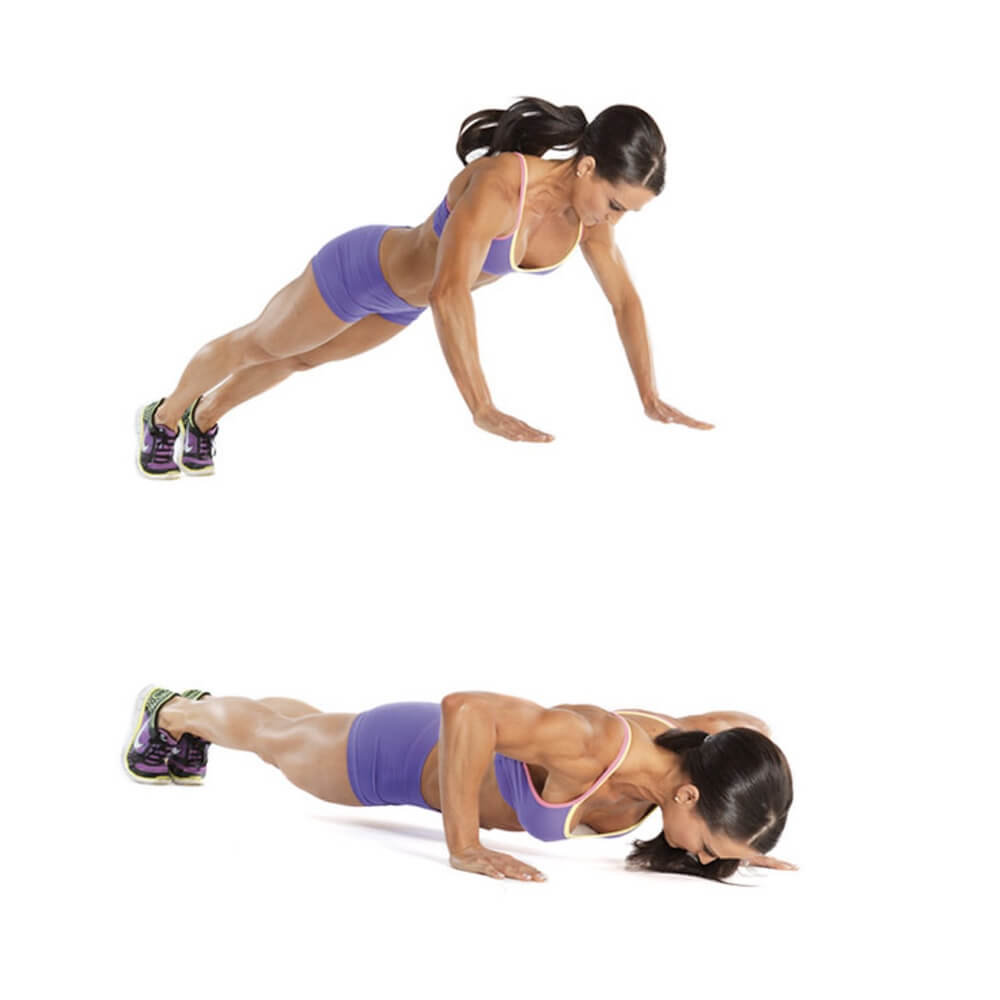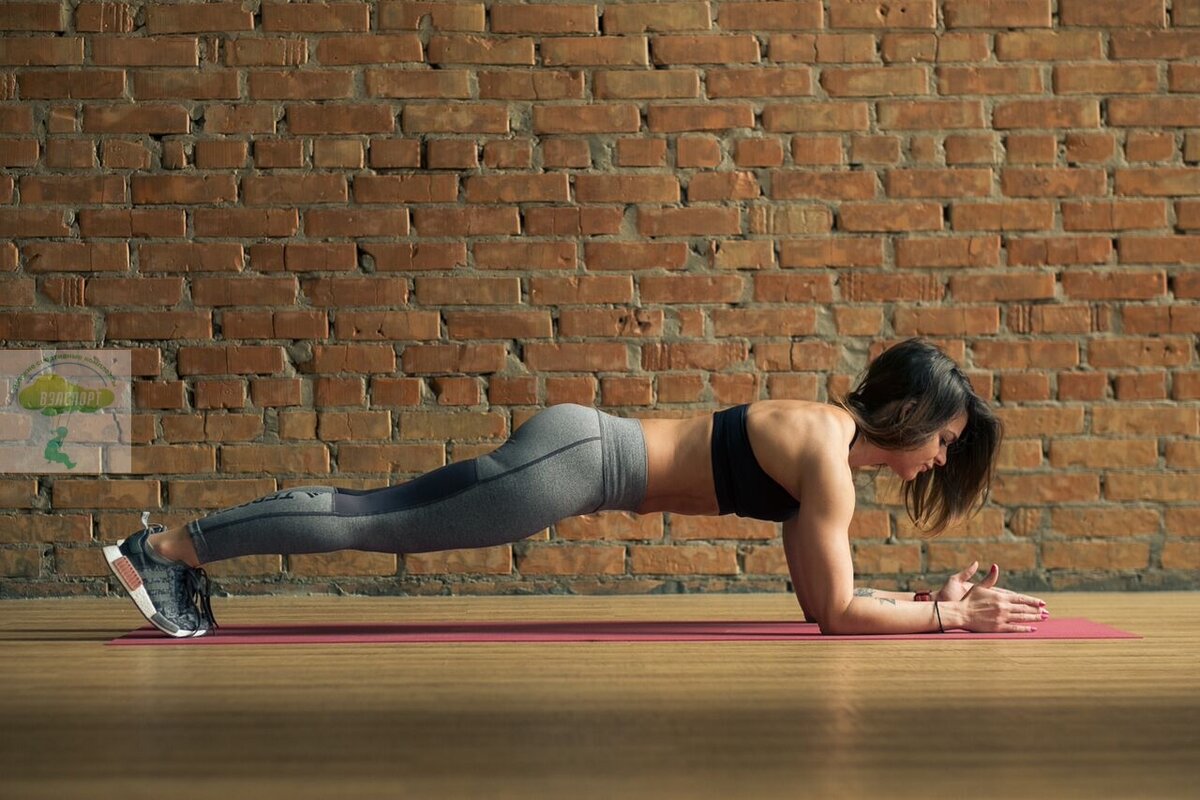
The best abdominal exercise is crunches. We propose together to analyze the most effective variations and techniques for their implementation.
Benefits of curls
This element is used in both women’s and men’s fitness programs. Popularity is due to useful properties:
- High-quality study of the press. There are many variations of curls. If you correctly combine several such exercises in the program, the abdominal muscles will receive a complex load, which will increase the effectiveness of the training.
- Improving the flexibility of the spine. Twisting has a positive effect on the extensibility of the vertebrae, improve the general mobility of the back, relieve pain associated with muscle overstrain.
- Universal use. Many exercise options do not require the purchase of additional sports equipment, so twisting can be done not only in the gym, but also at home.
- Body shaping. Twisting from different positions indirectly affects other muscle groups. For example, when performing an exercise with a back support in a fitness ball, the hips and buttocks are additionally loaded, which hold the pelvis in weight. Thanks to this, there is an increased consumption of calories and, as a result, weight loss.
Advice for beginners! You don’t need to train your abs on a separate day. The abdominal muscles are used in most exercises: deadlifts, presses, squats, and others. Therefore, it is better to add 2 different crunches at the end of each session. This way, you will avoid overtraining your abs and load this muscle group well.
The exercises in question can be used for various purposes:
- to work out the relief (example: high-speed twists on the floor);
- to increase the strength of the abdominal muscles (example: twists in block trainer).
Target muscles
When performing various twists, the following muscles work: rectus, transverse and oblique abdominal muscles.
Muscle groups participating in the exercise also receive an indirect load. For example, when performing twists on a horizontal bar, the arms are additionally loaded to hold the body in weight.

Correct technique
The most popular is the classic variation of the exercise. Let’s take a look at the technique:
- For execution, you need a flat, solid surface. Do not curl on a soft mattress or bed. If lying hard on a bare floor, use a fitness mat.
- Lie on your back and touch your ears with your fingertips. Lock your hands to your head.
- Press your lower back firmly against the mat.
- Bending your legs, place your feet on the floor. The distance between the knees is at the level of the pelvis.
- Exhale and, due to the contraction of the abdominal muscles, lift the shoulder blades off the floor. Do not press your chin to your chest.
- Inhale and pull your shoulder girdle back, but do not lower your shoulder blades at the lowest point on the floor. Keep them constantly in weight. This will increase the tension in the rectus muscle.
Keep the lower back pressed to the floor while performing. Only the upper torso rises. In this case, adjust the lifting height yourself.
Advice for beginners! Do you want to quickly get rid of subcutaneous fat at the waist and see the cherished “cubes”? Purchase a weighted hoop with massage spikes and twist it for 10-15 minutes at the end of each workout.
Other exercise variations
Abs is a muscle group. Therefore, for effective training, various loads are required. Here are some of the most effective crunches.
Reverse
-
- Lower your back to the floor. Stretch your arms along the body. Palms down.
- Bring your feet together and lift your hips straight up. Bend the knee joints at right angles. Fix your legs in this position on the weight.
- Resting your palms on the floor, exhale and lift your pelvic region, pulling your knees to your chest.
- As you inhale, lower your lower back to the floor.
Raising the legs should be done by contracting the abs, not straining the quads.
With legs raised
-
-
- Lie on the floor and press your lower back. Clasp your fingers together at the back of your head.
- Close your feet and lift your legs vertically. The angle between the thigh and the body should be right. You can bend your knees slightly for convenience.
- Keeping your legs still, exhale and lift your upper torso. Ascend by contraction of the abdominal muscles.
- As you inhale, take your shoulder blades down, but do not lower them to the floor.
-
If you want to complicate the exercise, change the angle of inclination of the legs from 90 ° 70–80 °.
Diagonal
-
-
- Lie on your back and press your lower back into the floor. Place your palms on the back of your head with your fingers locked.
- Raise your legs above the floor.
- Exhale powerfully, twist the shoulder girdle to the right. At the same time, pull your right knee towards you.
- Repeat the twist to the left.
-
Keep your abs in tension throughout the set.
Double
-
-
- Lie on your back with your palms clasped at the back of your head.
- Raise legs upright and knees bent at 90 °.
- Exhale while pulling your hips towards you and lifting your shoulder blades.
- Inhale and return to the starting position, but do not place your shoulder blades on the floor .
-
When your face and knees are close to each other, tense your abdominal muscles as much as possible.

On an incline bench
The bench is used to create a slope and increase the load. As a rule, crunches on the bench are performed with classical and reverse techniques (described above). The only difference is that you should firmly grip the edge of the seat with your hands to maintain balance.
Choose the angle of inclination yourself. For beginners, we recommend starting with an angle of 15–20 °. All other biomechanics of movements are identical to standard crunches on the floor.
On a Roman chair
A special chair is used to fix the legs in a fixed position. At the same time, the upper body is suspended. From this position, the athlete twists the upper torso to the knees and tightens the abdominal muscles.
Any position of the arms: behind the head, stretched forward, crossed on the chest. To increase the load, you can use additional weight (pancake from a barbell, dumbbell or other weights) held by the pectoral muscles or behind the neck.